Consider yourself lucky if your old photo collection contains memorabilia in the form of documents, newspaper articles and letters. Look beyond the obvious and read the fine print to discover details that help enrich your story. Earlier I encouraged you to be a detective by looking for clues in photos. In this case, you want to take the time to read the fine print!
This thank you note to my mom from a friend, referenced their visit to my parent’s new horse farm with congratulations on a new business venture. Since the note was dated, I was able to line these details up to a few photos on my timeline.
A wedding invitation provided some of the obvious details that you would expect to find, but a newspaper article went into great detail about my mom’s wedding dress, the venue, the bridesmaids’ dresses and the area my parents would settle in after marriage.
Report cards had important dates that supported my timeline, but teachers comments gave me deeper insight into my mom’s character traits and habits.
And various other achievement awards provided me with new information that I didn’t know. My mom played the piano and violin and took part in several mission trips and ventures in her church.
And as an added bonus and fun find, my mom’s artwork was carefully preserved in a kindergarten workbook!
Now that my timeline has been updated to reflect these new discoveries, I need to back up this delicate memorabilia and archive it alongside my photos. All of these documents need to be stored with my photo collection but separate from the photos so they don’t accelerate the deterioration of my prints. Paper contains harmful acids that could migrate to my photos, and these documents are already fragile and need to be protected from light and handling to slow down the deterioration. If you have some beautiful treasures like this in your collection, here are some steps you can take to preserve your memorabilia.
- Make a back up by scanning each of your documents and take photos of larger artwork or bulky artifacts.
- Store documents flat, in archive envelopes or boxes designed specifically for document storage. Many Photo Organizers use products from a company called Archival Methods for this purpose.
- Label envelopes and boxes with as much detail as possible in case your envelopes or boxes become separated from your photo collection. Or add a few duplicate images that correspond with your memorabilia (not your original prints) so you keep your timeline and photos connected.
- Store protected media in a safe place away from light, humidity and extreme temperatures.
What about YOU? Does your photo collection contain treasures like this? What discoveries did you make after reading the fine print?
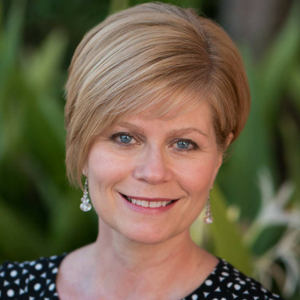 When Lisa Kurtz lost her mother, grandmother, aunt, and uncle in three years, she was left holding a box of unidentified photographs with nobody to ask about them. Lisa embarked on a lifelong quest to discover and preserve her mom’s story, for herself and her kids, which led her to a career in professional photo organizing. Today, Lisa is the Founder of Pix & TALES with her daughter and together they help busy moms manage their pictures and tell their family stories.
When Lisa Kurtz lost her mother, grandmother, aunt, and uncle in three years, she was left holding a box of unidentified photographs with nobody to ask about them. Lisa embarked on a lifelong quest to discover and preserve her mom’s story, for herself and her kids, which led her to a career in professional photo organizing. Today, Lisa is the Founder of Pix & TALES with her daughter and together they help busy moms manage their pictures and tell their family stories.


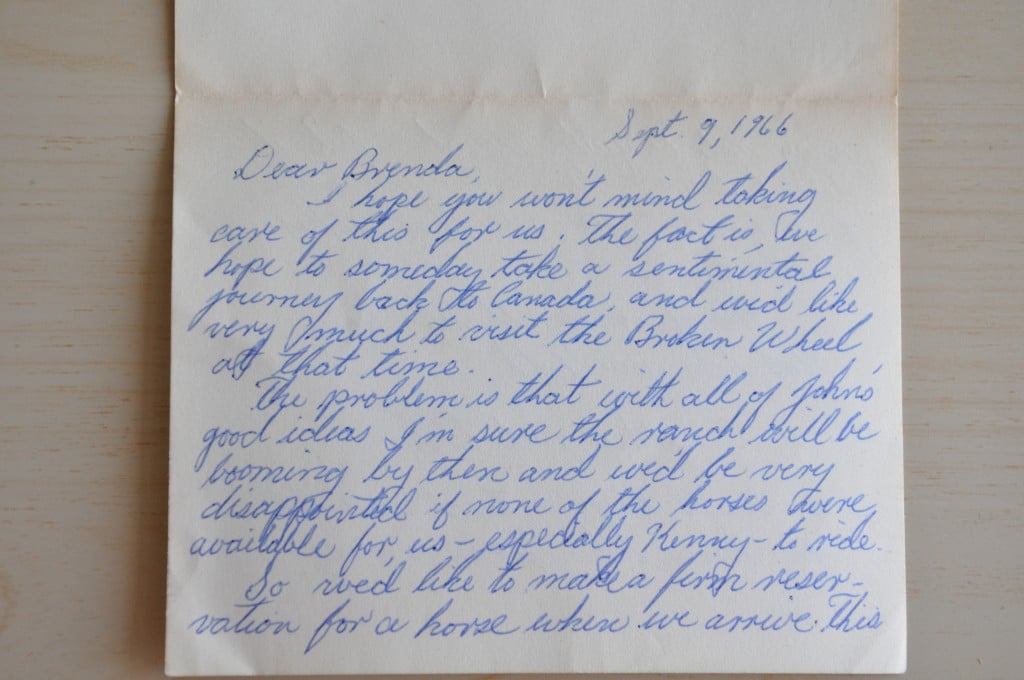
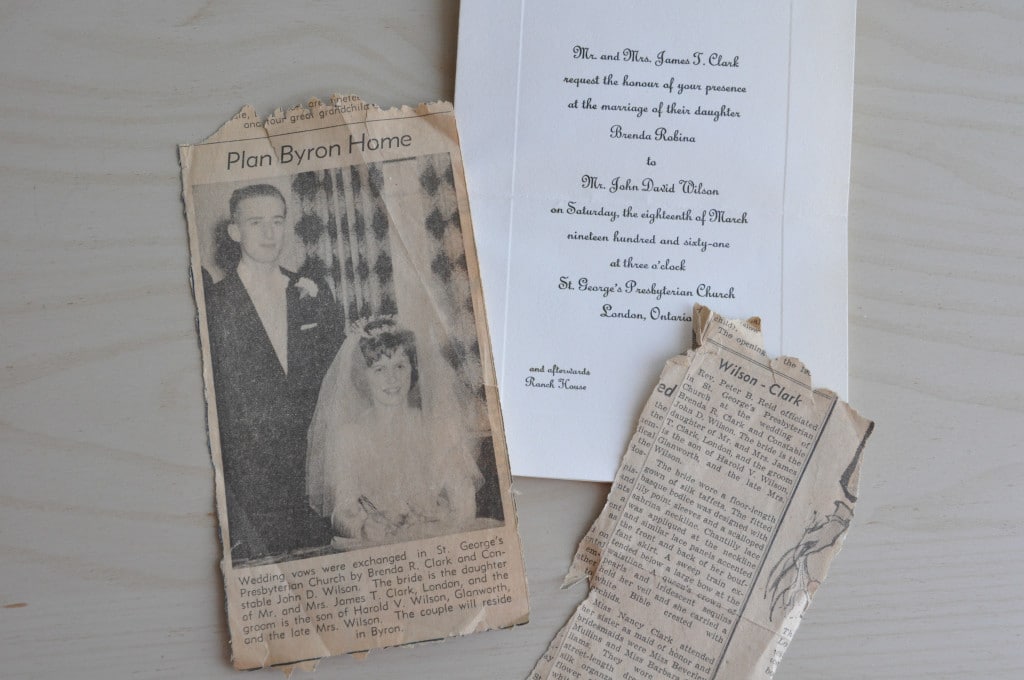
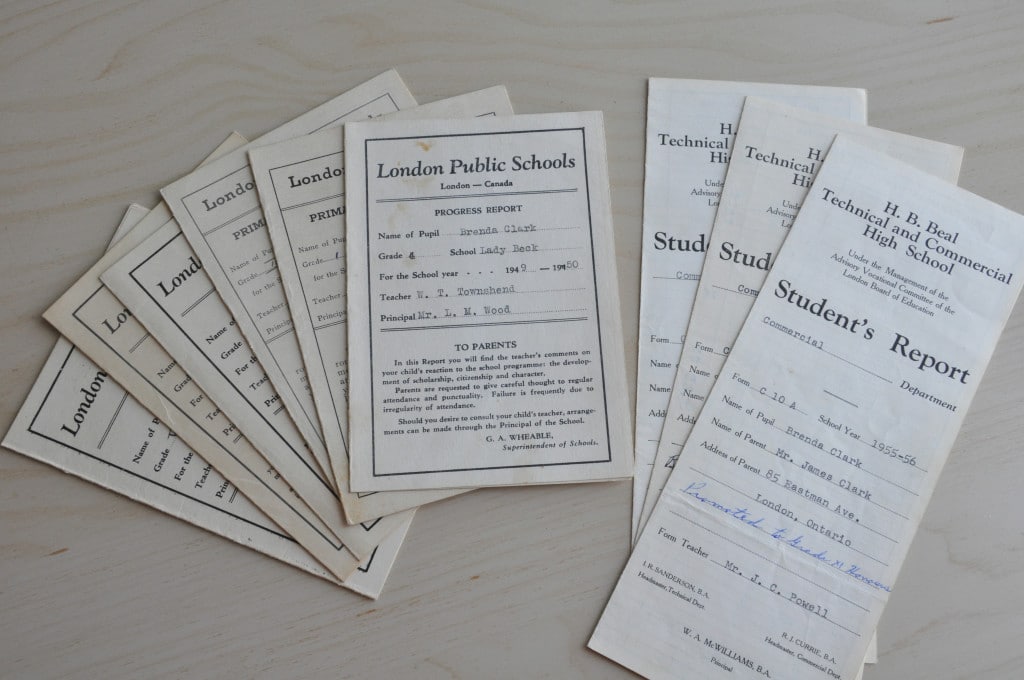
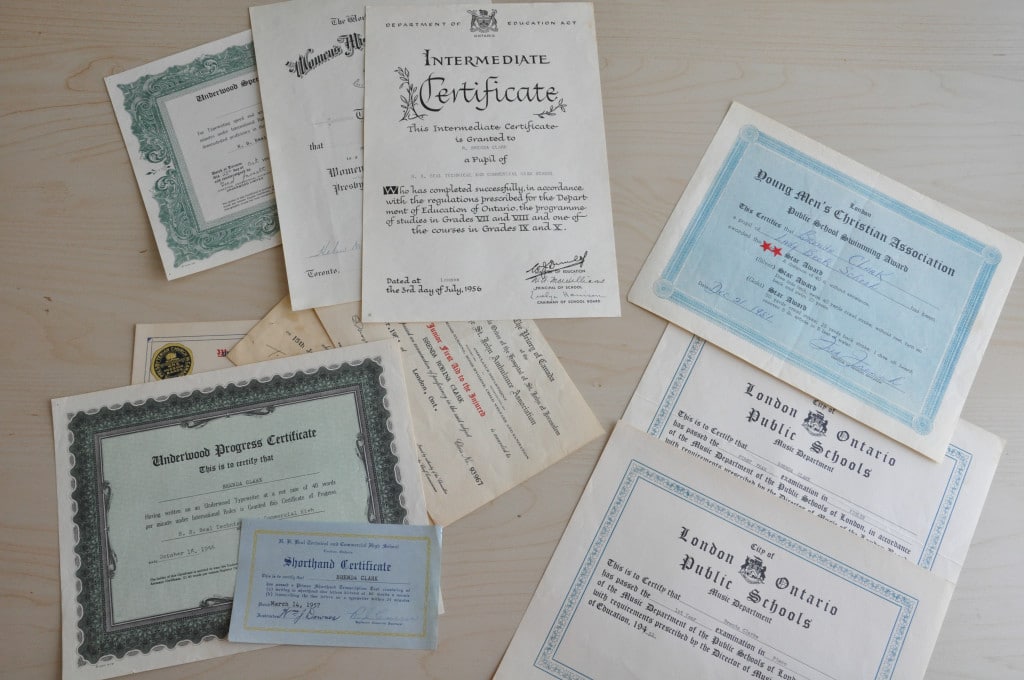
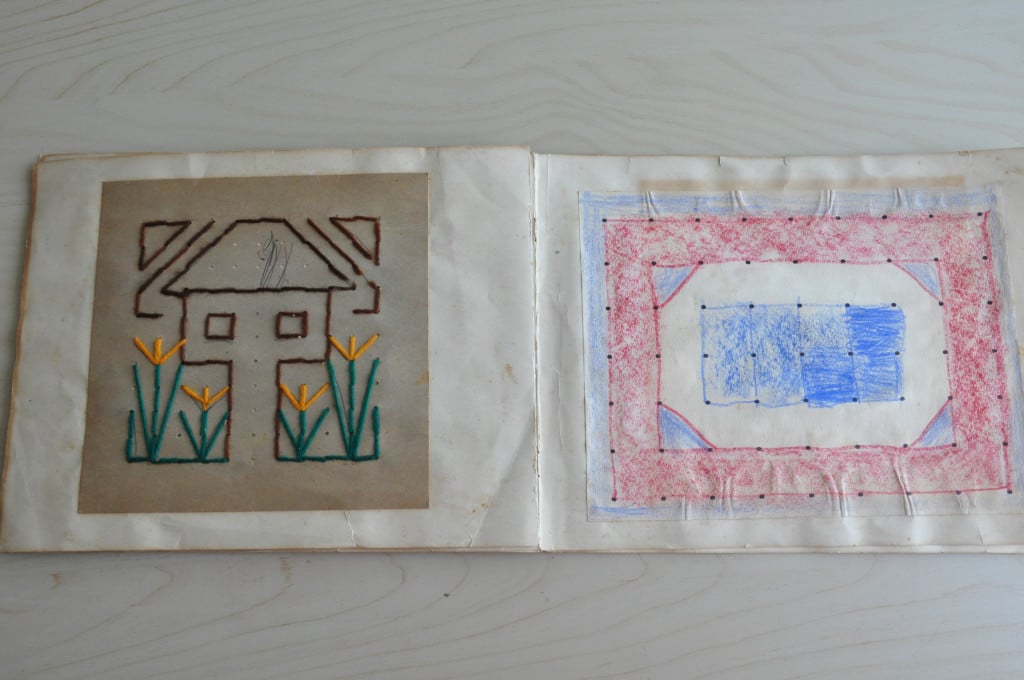
I have enjoyed this series and am trying to keep up with your plans. But what kind of scanner do you recommend that is fast and good quality and not too expensive for primarily photos? Thanks.
Lisa,
Thank you for sharing your beautiful memorabilia. I too have tons of momentos that I have to preserve and this information helped me a great deal!
Mary Beth Sasso
You’re welcome Mary Beth, I’m glad you found it helpful.